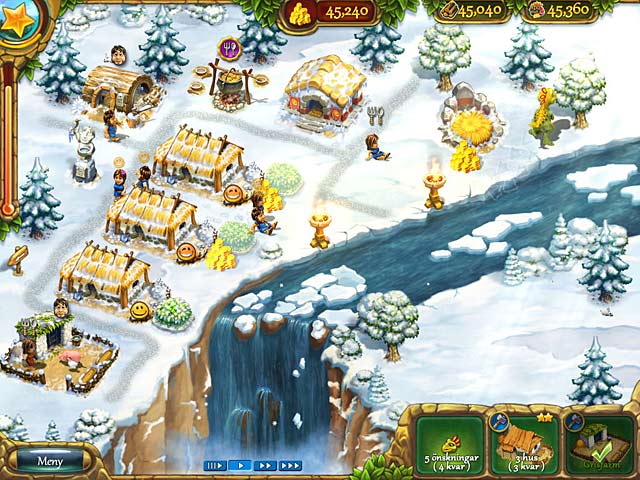
The nearly seventy thousand members of the Church of Jesus Christ of Latter-Day Saints (more commonly called Mormons) who migrated west between 18 were similar to other Americans traveling west on the overland trails. Photograph of a pile of American bison skulls waiting to be ground for fertilizer, 1870s. This 1870s photograph illustrates the massive number of bison killed for these and other reasons (including sport) in the second half of the nineteenth century. While bison supplied leather for America’s booming clothing industry, the skulls of the animals also provided a key ingredient in fertilizer. The expansion of the railroads allowed ranching to replace the bison with cattle on the American grasslands. The number of American bison plummeted from over ten million at midcentury to only a few hundred by the early 1880s. The infamous American bison slaughter peaked in the early 1870s. Specialized teams took down and skinned the herds. Millions of animals had roamed the Plains, but their tough leather supplied industrial belting in eastern factories and raw material for the booming clothing industry. Others came to the Plains to extract the hides of the great bison herds.

The 100,000-plus migrants who settled in the Rocky Mountains were ultimately more valuable to the region’s development than the gold they came to find. The gold that left Colorado in the first seven years after the Pikes Peak gold strike-estimated at $25.5 million-was, for instance, less than half of what outside parties had invested in the fever. Many of these ancillary operations profited from the mining boom: as failed prospectors found, the rush itself often generated more wealth than the mines. There, working-class women worked in shops, saloons, boardinghouses, and brothels. While women often performed housework that allowed mining families to subsist in often difficult conditions, a significant portion of the mining workforce were single men without families dependent on service industries in nearby towns and cities. As in the California rush of 1848–1849, droves of prospectors poured in after precious-metal strikes in Colorado in 1858, Nevada in 1859, Idaho in 1860, Montana in 1863, and the Black Hills in 1874. Many of the first American migrants had come to the West in search of quick profits during the midcentury gold and silver rushes. No longer simply crossing over the continent for new imagined Edens in California or Oregon, they settled now in the vast heart of the continent. In the decades after the Civil War, American settlers poured across the Mississippi River in record numbers. The West contained many peoples and many places, and their intertwined histories marked a pivotal transformation in the history of the United States. What some touted as a triumph-the westward expansion of American authority-was for others a tragedy. The history of the late-nineteenth-century West is not a simple story. Often in violation of its own treaties, the United States removed Native groups to ever-shrinking reservations, incorporated the West first as territories and then as states, and, for the first time in its history, controlled the enormity of land between the two oceans. 1 But then unending waves of American settlers, the American military, and the unstoppable onrush of American capital conquered all. Indigenous Americans have lived in North America for over ten millennia and, into the late nineteenth century, perhaps as many as 250,000 Native people still inhabited the American West. But then the Civil War came and went and decoupled the West from the question of slavery just as the United States industrialized and laid down rails and pushed its ever-expanding population ever farther west. Spanish, French, British, and later American traders had integrated themselves into many regional economies, and American emigrants pushed ever westward, but no imperial power had yet achieved anything approximating political or military control over the great bulk of the continent. Linked culturally and geographically by trade, travel, and warfare, various Indigenous groups controlled most of the continent west of the Mississippi River deep into the nineteenth century.

Native Americans long dominated the vastness of the American West. Rodeos, Wild West Shows, and the Mythic American West The Allotment Era and Resistance in the Native West Western Economic Expansion: Railroads and Cattle


The Indian Wars and Federal Peace Policies


 0 kommentar(er)
0 kommentar(er)
